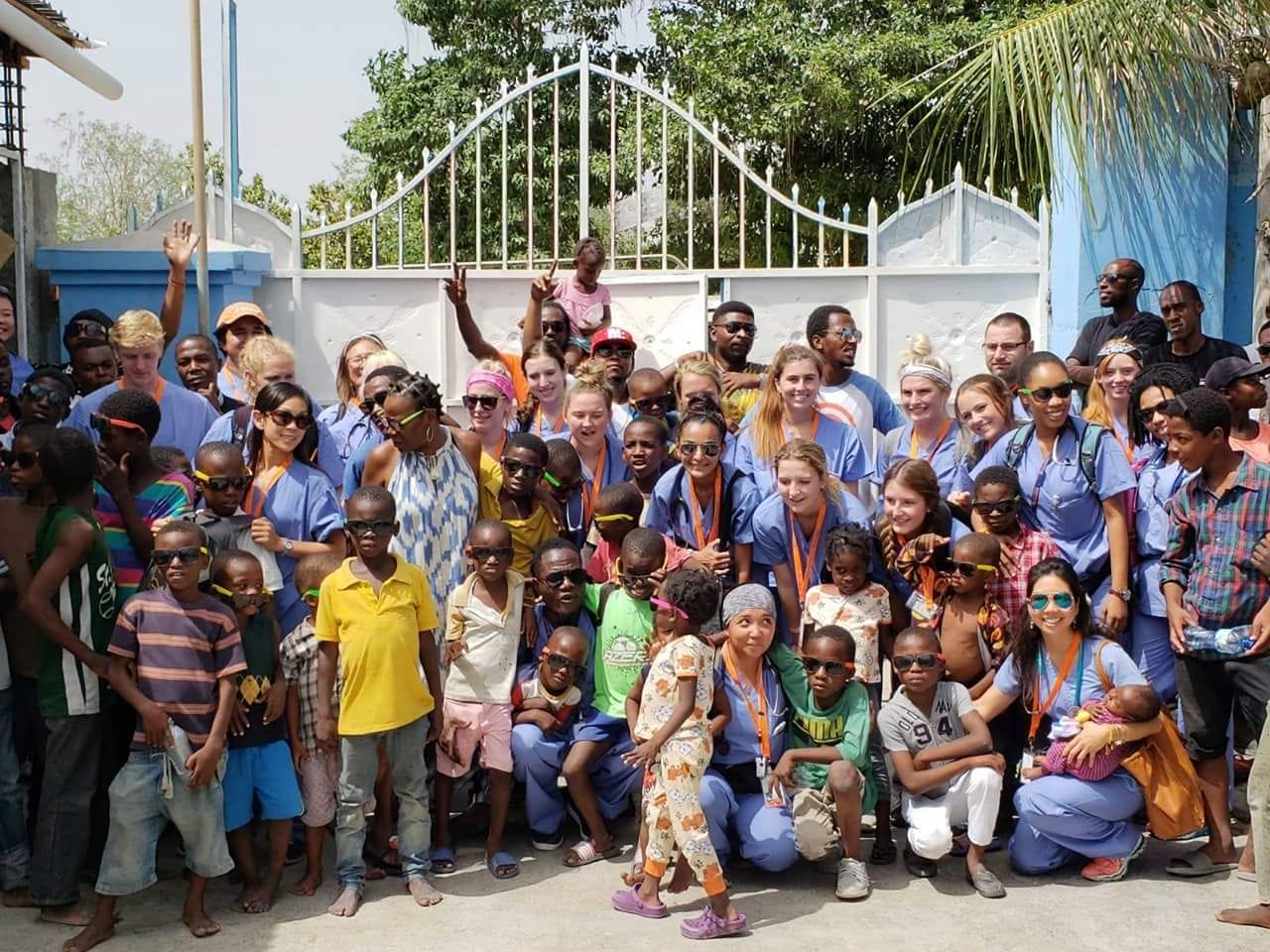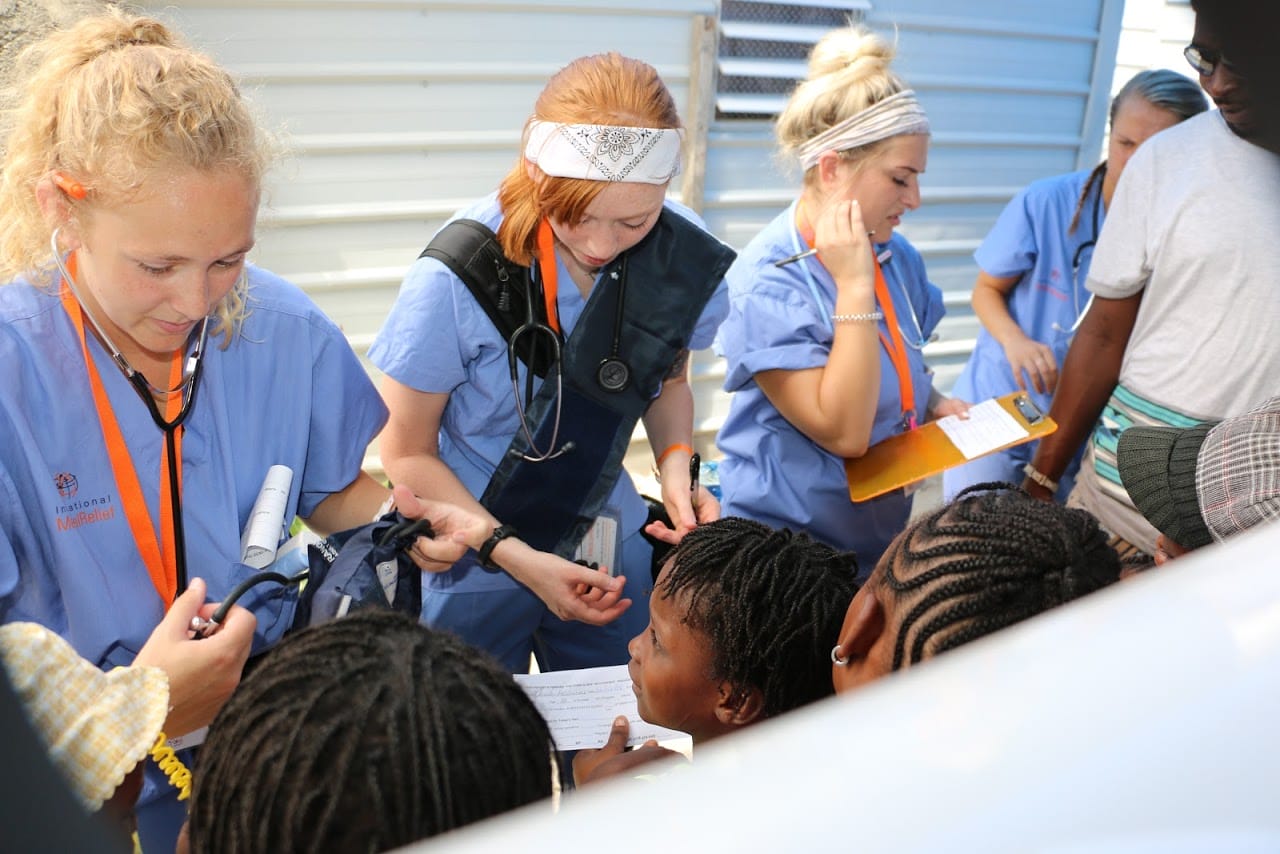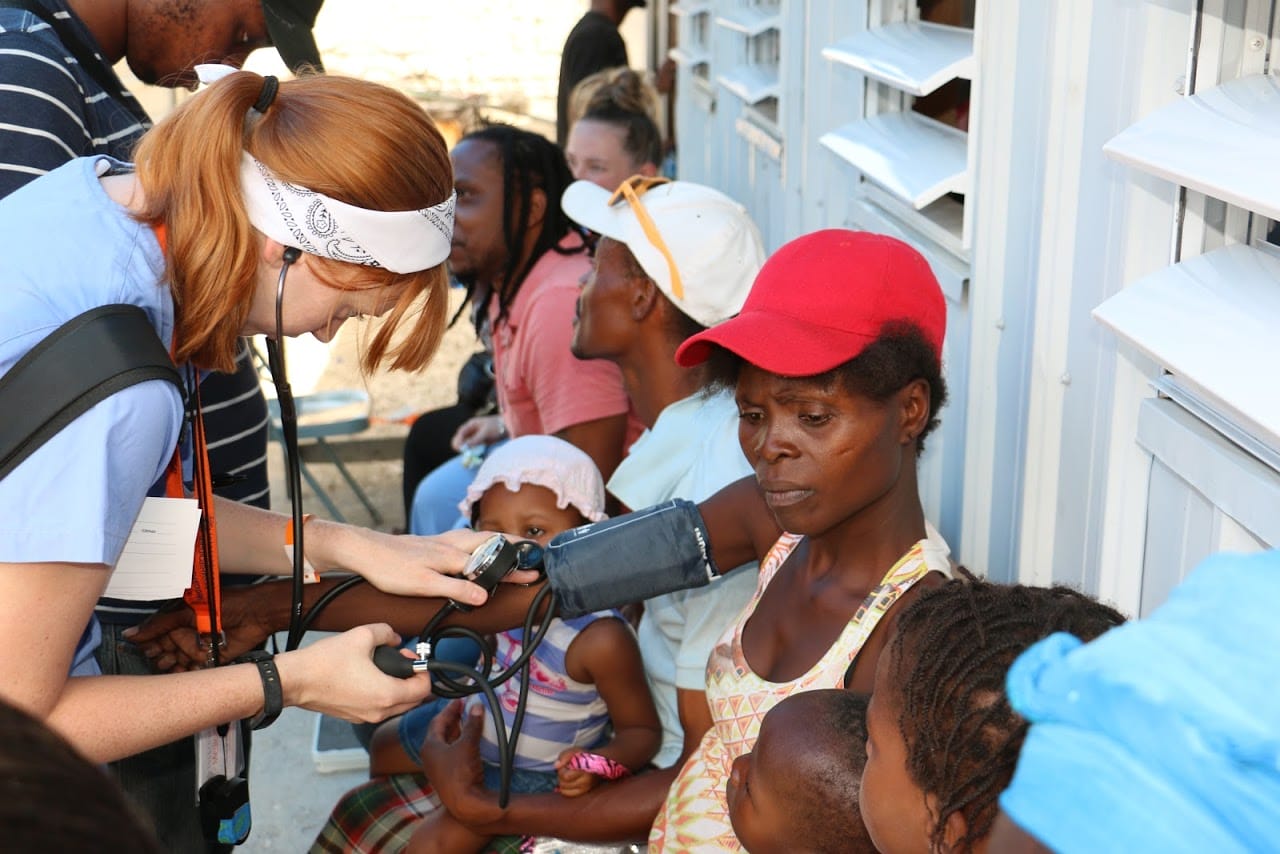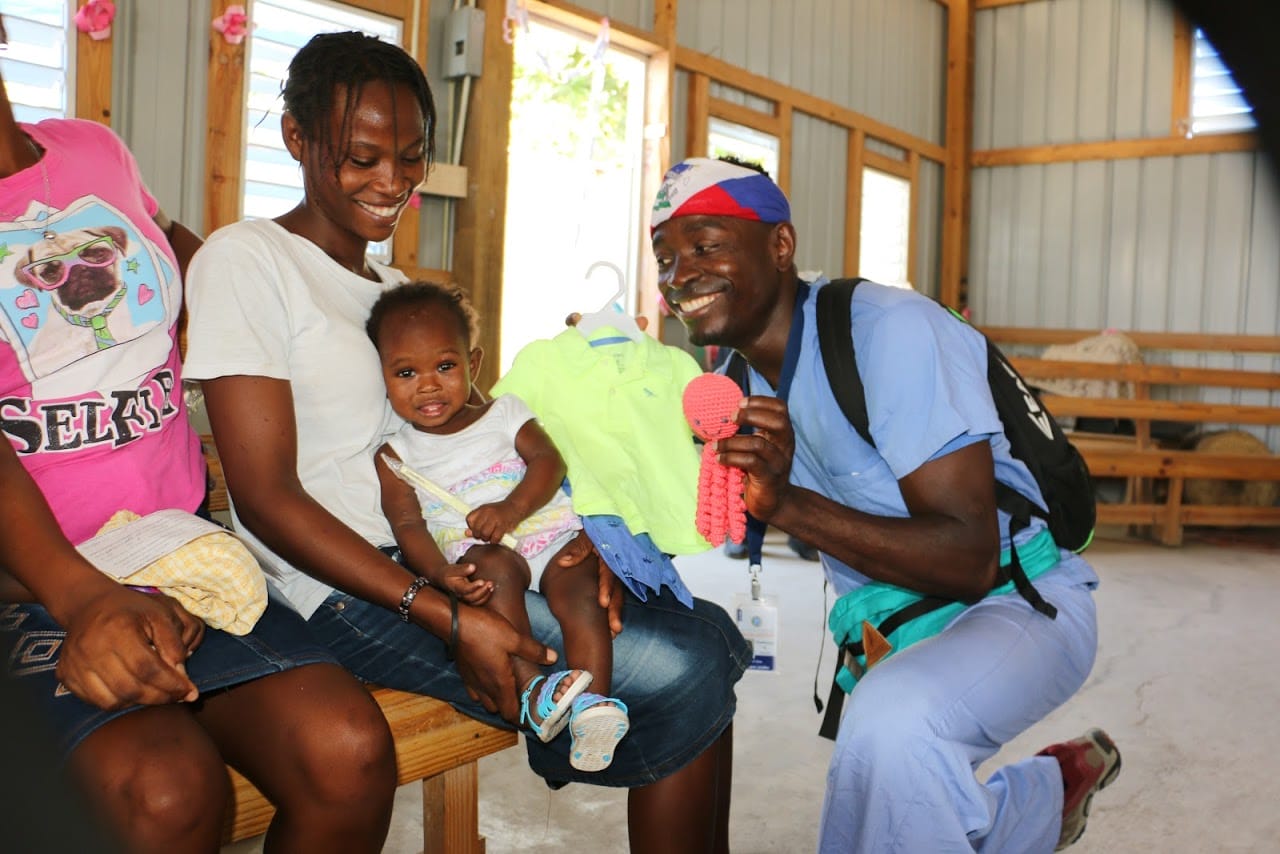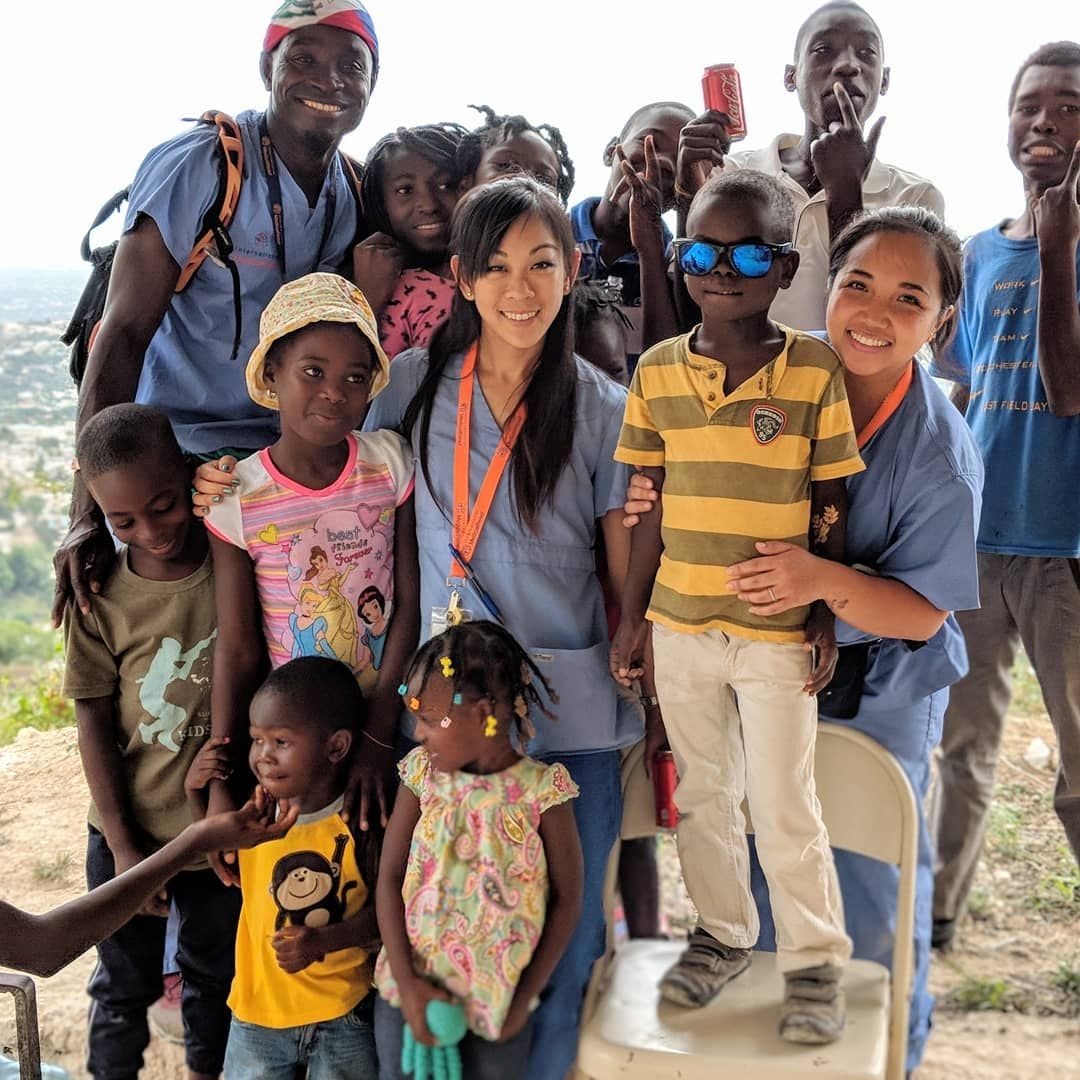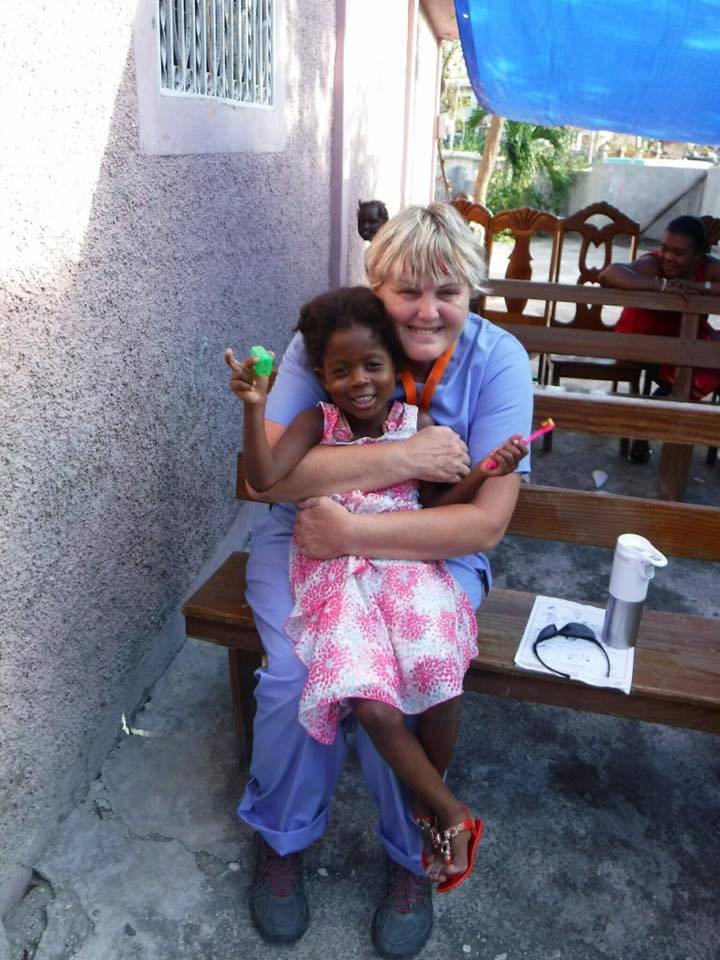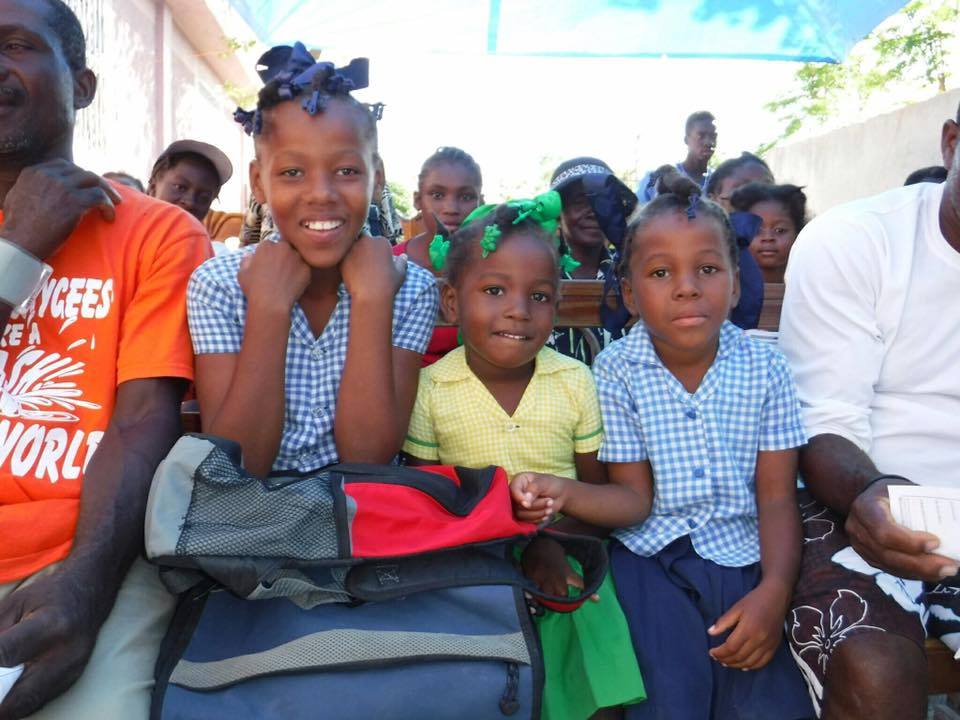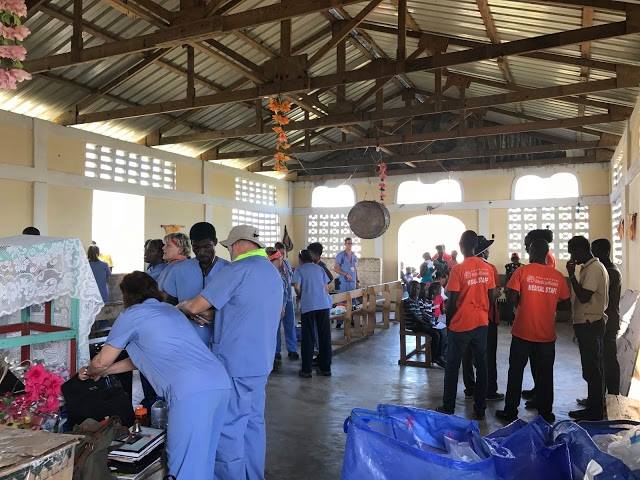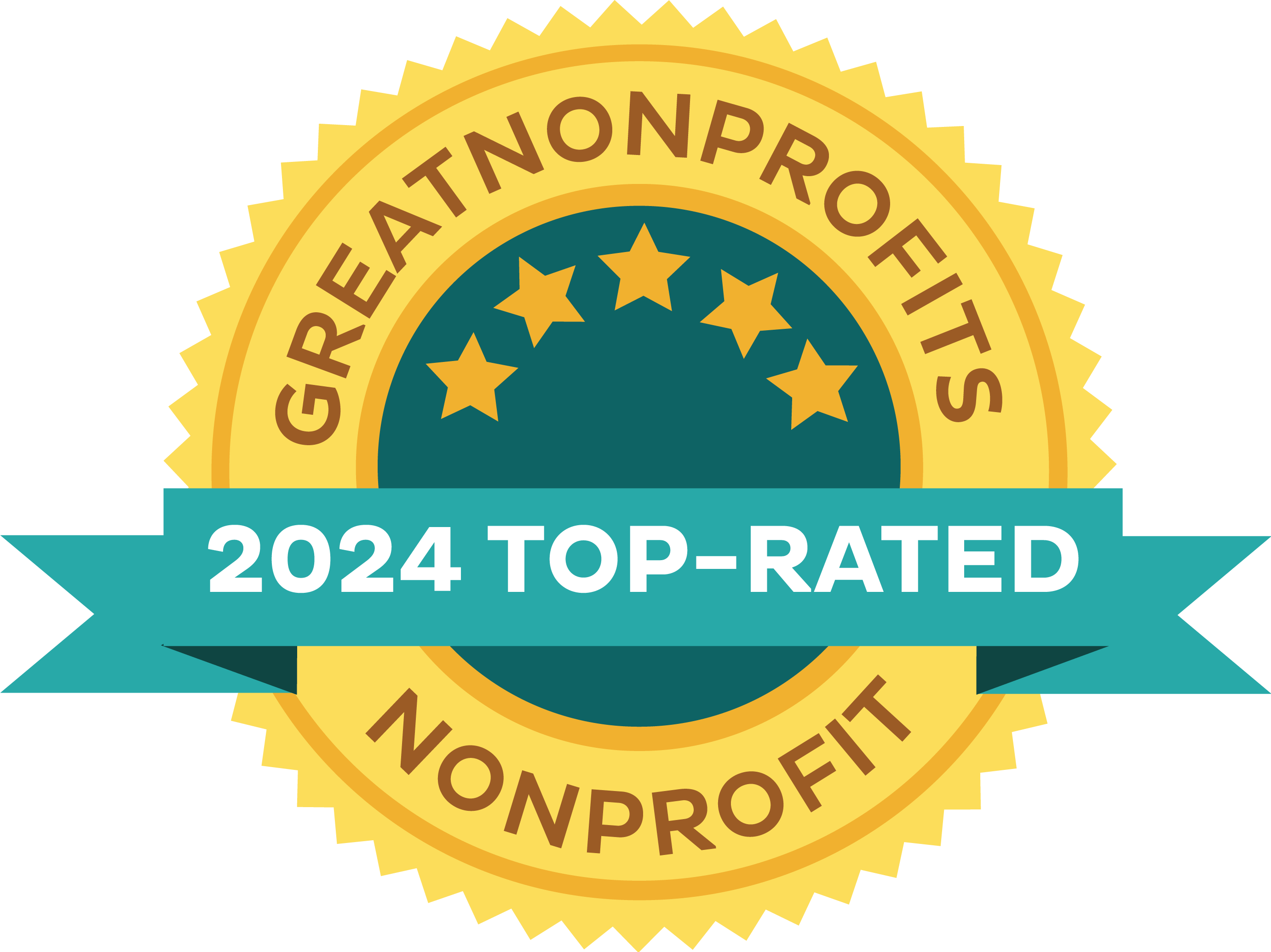Haiti – Earthquake 2010 and 2018 Disaster Relief
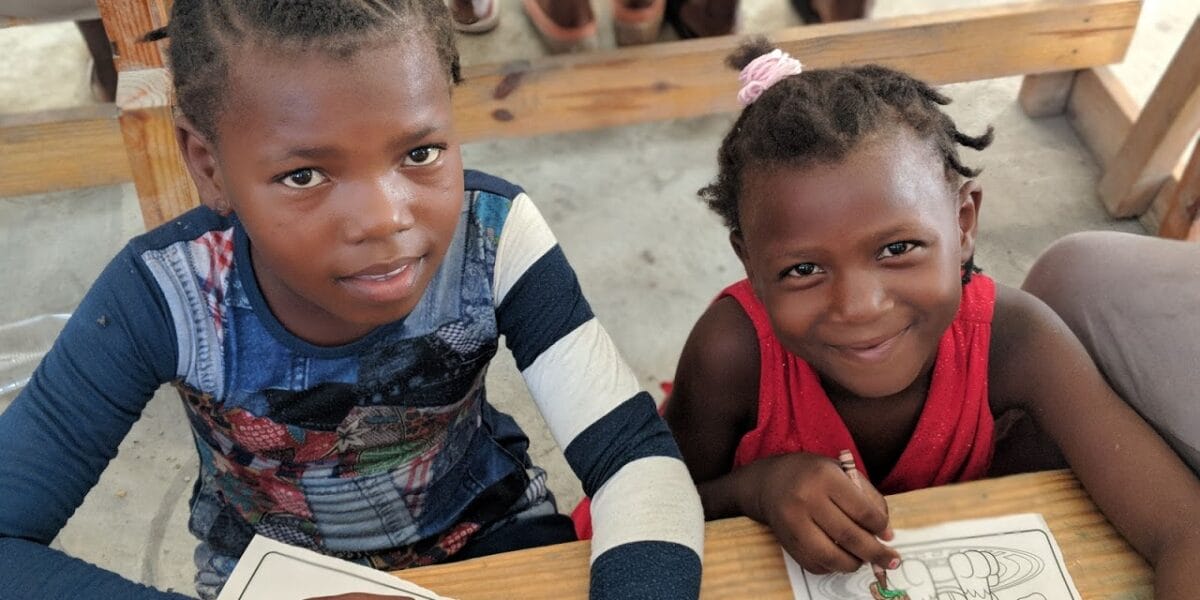
On January 24, 2010, Haiti was hit with a devastating earthquake, with an epicenter near the town of Léogâne and approximately 25 km (16 mi) west of Port-au-Prince, Haiti’s capital. This earthquake had a magnitude of 7.0. Reports estimated that approximately 3 million people were affected by the earthquake in some way. Aftershocks measuring 5.9 and 6.0 and Tsunami waves in six major communities all added to this epic disaster. According to official estimates, 222,570 people were killed, and another 300,000 were injured. Vital infrastructure was destroyed including all hospitals in the capital, transport facilities, and communication systems. Also, this earthquake affected three Doctors without Borders medical facilities around Port-au-Prince. Roads were blocked, which obstructed more vulnerable communities being delivered resources.
Port-Au-Prince is one of the most densely populated cities in the world. Buildings largely made with un-reinforced concrete were compressed down to cumbersome piles of rubble that without large equipment made the recovery task nearly impossible. This apocalyptic disaster left 1.3 million displaced, destroyed 97,294 houses and damaged 188,383 houses. Now, makeshift shelters are threatened as the rainy season further deteriorates many of these communities. Even with over 10,000 NGOs (nongovernmental organizations) operating in Haiti at the time of the disaster, still this country remained one of the poorest in the world with communities lacking basic healthcare. This was only made more vulnerable after the disaster and into the later months as disease settled into the temporary settlements.
On October 7, 2018, Haiti was hit again with another devastating earthquake. This earthquake had a magnitude of 5.9 and was about 19 kilometers northwest of Port-de-Paix. This was the strongest earthquake that hit Haiti since the one in 2010. According to reports, the earthquake killed 18 people and 548 people were injured. Thousands of homes and important infrastructure was damaged.
International Medical Relief (IMR) was quick to respond and provide disaster relief to these two earthquakes. Eight days after the 2010 earthquake struck, IMR took its inaugural trip into Haiti and has remained on the ground serving alongside numerous other NGOS and still reaching untouched people groups who had not had relief since the disaster. Our First Responders included urgent care, orthopedic and trauma cases leading the first wave of relief, followed by wound care and post operative needs and then winding down with psychiatric care, dental and general medicine.
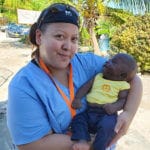
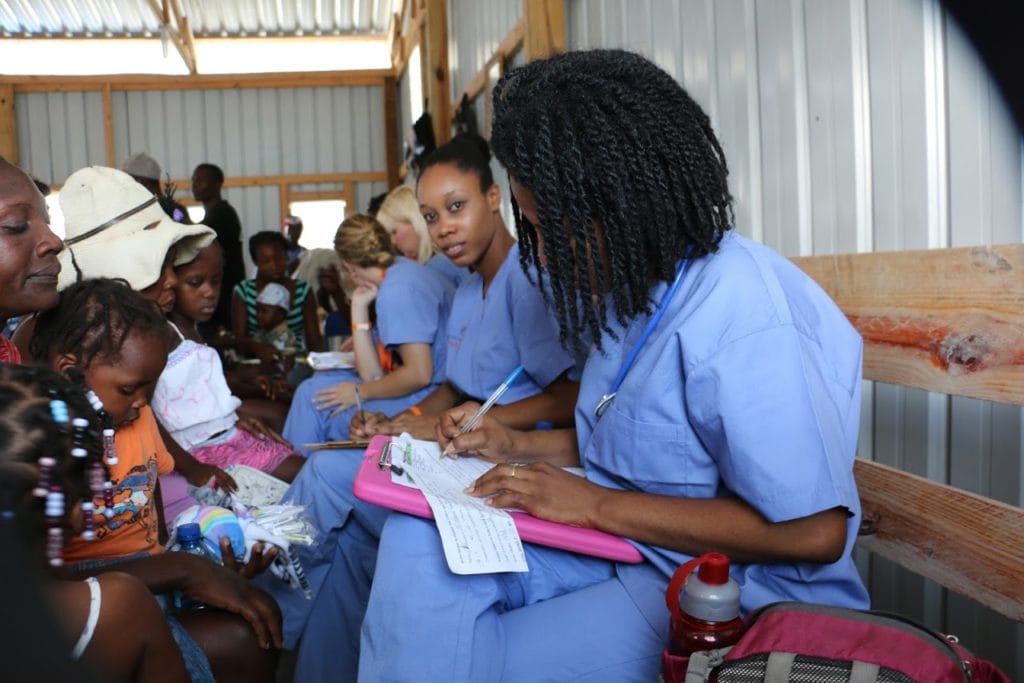
International Medical Relief volunteers have been providing relief efforts at two main hospitals – The General Hospital and the Partners in Health temporary facility at the Port-au-Prince airport, in addition to providing over 18 mobile clinics in makeshift settlements to areas with little or no access to healthcare. IMR clinics are composed of both our corps of international medical staff and local providers who partner shoulder-to-shoulder to help deliver sustainable healthcare elevating access to care for our patients. During these medical mission trips, a total of 18 volunteers and staff served over 650 patients. IMR provided much needed aid to the local health care system during the recovery period. IMR teams that included EMTs, nurses, doctors, dentists, and students who reached beyond borders in order to provide critical care to the most vulnerable communities impacted by the aftermath of this earthquake. During our urgent response to this disaster, IMR was able to provide a total aid value of $463,595. International Medical Relief continues to send in medical teams to aid in the long term overall health of the Haitian people going forward in order to provide sustainable health care to the Haiti communities.
Also, our first responders medical team also provided community health classes to further the patient’s knowledge and education on health matters related to their personal health needs. During IMR’s critical work, we also provided 20 health education classes including hygiene, solar water disinfection, oral hygiene, sanitation, and others. Over 780 people participated in these education classes. Educating communities allow for locals to become more empowered by their own health, as well as for the health of other community members. This model allows for both teaching and learning from both the provider and the patient to grow the health capacities of communities to help influence a better tomorrow. This education philosophy increases IMR’s goal of Sustainable Community Health Education.

Join Us in Making a Difference.
Bring much-needed acute medical and dental care to a beautiful, culture-rich destination. You can join an IMR medical mission team today!
